Deskripsi
Apa itu babi babi?
Istilah "pigging" mengacu pada penggunaan perangkat yang dikenal sebagai "babi" atau "pengukur inspeksi pipa" untuk melakukan berbagai tugas di dalam pipa. Tugas -tugas ini termasuk membersihkan, memeriksa, dan memelihara bagian dalam pipa. Dikembangkan pada pertengahan abad ke-20, istilah "babi" pada awalnya merupakan akronim untuk "pengukur inspeksi pipa". Perangkat awal yang digunakan dalam proses membuat suara memekik saat bepergian melalui pipa, yang merupakan cara mereka mendapatkan nama mereka.
Apa tujuan babi?
Proses babi babi sangat penting untuk mempertahankan integritas pipa dan memastikan aliran cairan yang efisien, termasuk minyak, gas, dan air. Babi digunakan untuk menghilangkan puing -puing, karat, dan kontaminan lainnya dari dinding pipa, mengurangi risiko korosi dan penyumbatan yang sebaliknya dapat menyebabkan masalah operasional yang signifikan dan perbaikan yang mahal. Misalnya, kegagalan pipa utama karena korosi atau penyumbatan dapat mengakibatkan kerusakan lingkungan yang signifikan dan kerugian finansial.
Jenis babi babi
Babi Busa
Babi busa, seperti babi busa telanjang, babi polly, dan babi silang silang, adalah kunci untuk menjaga saluran pipa tetap bersih. Babi busa telanjang, terbuat dari busa ringan, sangat bagus untuk menghilangkan kotoran dan cairan yang longgar. Babi Polly, terbuat dari jenis busa khusus yang disebut poliuretan dan kadang-kadang dibungkus dengan pola spiral atau dilengkapi dengan kuas kawat, benar-benar pandai menghilangkan penumpukan atau karat yang keras. Babi crisscross, dengan desain uniknya, sangat baik dalam menangani kotoran yang sulit diucapkan. Beberapa babi busa bahkan memiliki sikat, membuatnya lebih baik dalam pembersihan. Setiap jenis babi busa dibuat dengan kondisi pipa tertentu dan kebutuhan pembersihan dalam pikiran, memastikan hasil terbaik dan pipa yang dipelihara dengan baik.
Babi Piping
Selain babi busa, ada juga beberapa jenis babi lain yang digunakan dalam pemeliharaan pipa, masing -masing dengan desain dan tujuan yang unik.
Piala babi dirancang dengan gelas fleksibel yang membentuk segel di dinding pipa. Ini tidak hanya membantu menghilangkan puing -puing dan cairan tetapi juga memungkinkan babi untuk melintasi tikungan dan perlengkapan dengan mudah.
Babi disk, di sisi lain, dilengkapi dengan cakram kaku yang memberikan aksi goresan, membuatnya efektif untuk menghilangkan deposit yang lebih ulet.
Babi bola sederhana dan serbaguna, bentuk bola mereka memungkinkan mereka bergerak dengan lancar melalui pipa sambil menggusur bahan yang tidak diinginkan.
Babi cor solid kuat dan tahan lama, sering digunakan untuk aplikasi tugas berat di mana deposit yang sulit perlu dihapus.
Babi abs, terbuat dari akrilonitril butadiene styrene, sejenis termoplastik, dikenal karena kekuatan dan ketahanannya, membuatnya cocok untuk berbagai aplikasi pembersihan pipa.
Masing -masing jenis babi ini memainkan peran spesifik dalam pemeliharaan pipa, sehingga memastikan operasi sistem pipa yang mulus dan efisien.
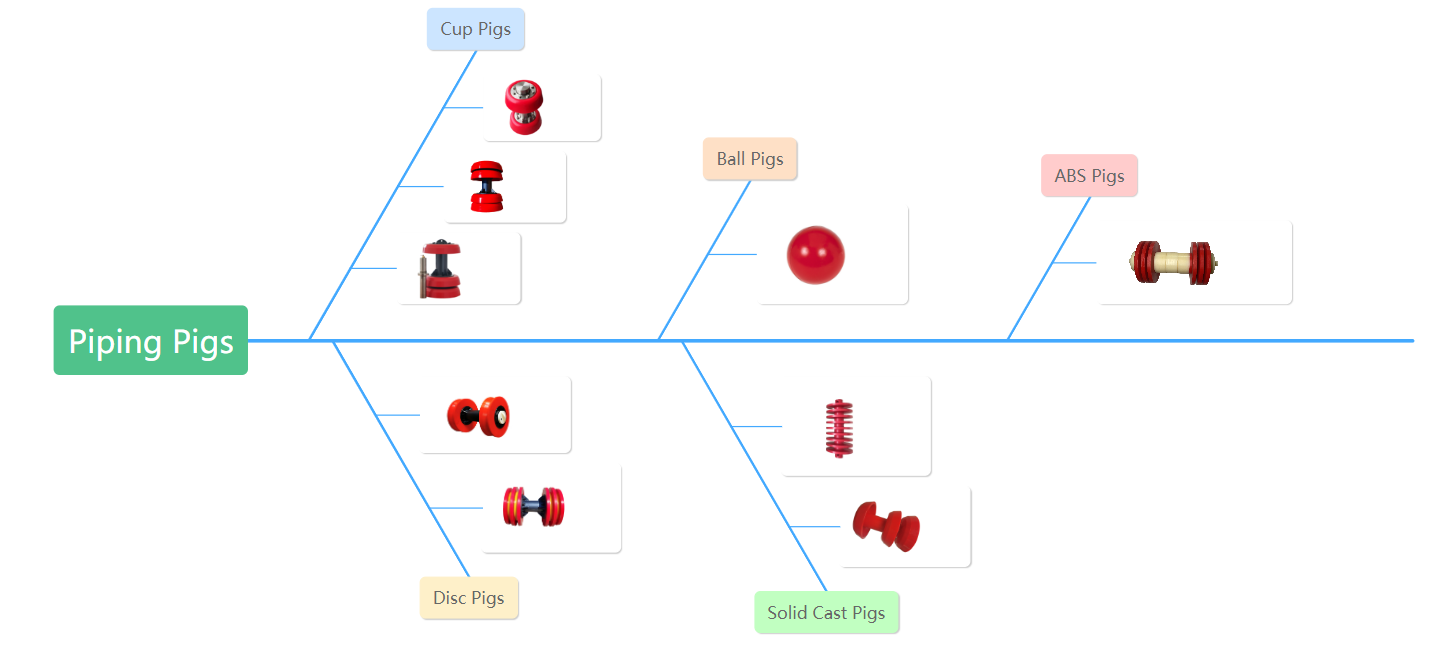
Bagaimana Pig Piging?
Babi dimasukkan ke dalam pipa pada titik yang ditunjuk yang dikenal sebagai "peluncur babi" dan didorong oleh aliran produk, seperti minyak atau gas, ke titik penerima yang disebut "penerima babi" atau "perangkap babi". Babi dapat dirancang untuk tugas -tugas tertentu, seperti membersihkan atau memeriksa, dan dilengkapi dengan sensor untuk memantau kondisi pipa. Misalnya, "babi pintar" dilengkapi dengan alat dan sensor canggih yang dapat mengukur ketebalan dinding, menemukan retakan kecil, dan mendeteksi masalah potensial lainnya dalam pipa.
Apa prosedur untuk babi babi pipa?
Proses pigging melibatkan memasukkan babi ke dalam peluncur, yang kemudian ditutup dan ditekan untuk memulai babi bergerak. Saat babi bergerak melalui pipa, ia mendorong puing -puing dan mengumpulkan data berharga tentang kondisi interior pipa. Operator memantau kemajuan babi dan menganalisis data yang dikumpulkan untuk mengidentifikasi dan mengatasi masalah dalam pipa. Perlu dicatat bahwa dalam beberapa kasus, babi mungkin macet atau bersarang di dalam pipa. Dalam kasus seperti itu, prosedur tersedia untuk menemukan dan mengambil babi, meminimalkan gangguan operasi pipa.
 Pentingnya dan manfaat dari babi
Pentingnya dan manfaat dari babi
Pigging menawarkan manfaat besar untuk pengoperasian pipa, memainkan peran penting dalam efisiensi dan keamanannya.
Efisiensi: Pigging memastikan aliran zat yang halus di dalam pipa. Dengan menghilangkan puing -puing, karat, dan kontaminan lainnya, membantu menjaga daya dukung pipa. Tanpa pigging biasa, endapan dapat menumpuk di dalam pipa dan memperlambat aliran minyak, gas, atau air. Dalam kasus ekstrem, endapan ini bahkan dapat menyebabkan penyumbatan, yang mengarah pada downtime operasional dan perbaikan yang mahal. Dengan menjaga pipa tetap bersih, Pigging membantu mencegah masalah seperti itu dan memastikan transportasi zat yang efisien.
Keamanan: Pigging juga berkontribusi pada keamanan operasi pipa. Puing -puing dan karat dalam pipa dapat menyebabkan korosi dari waktu ke waktu, melemahkan integritas struktural pipa. Ini berpotensi mengakibatkan kebocoran atau bahkan kegagalan bencana, menimbulkan risiko bagi orang dan lingkungan. Pigging membantu mengurangi risiko ini dengan menghilangkan elemen penyebab korosi. Selain itu, babi inspeksi atau "babi pintar" dapat mendeteksi masalah seperti retakan atau dinding yang menipis sejak awal, memungkinkan operator untuk mengatasi masalah ini sebelum meningkat.
Salah satu contoh spesifik dari masalah yang telah membantu Pigging adalah pecahnya pipa. Perpecahan pipa dapat menyebabkan bencana lingkungan besar -besaran, terutama ketika membawa zat berbahaya seperti minyak. Pigging reguler, terutama menggunakan babi pintar, membantu mengidentifikasi potensi titik lemah dalam pipa, memungkinkan pemeliharaan preventif dan mengurangi risiko insiden tersebut.
Ringkasan
Artikel ini memberikan pandangan mendalam pada proses pengabaian dalam pemeliharaan pipa. Dimulai dengan mendefinisikan Pigging sebagai penggunaan perangkat yang disebut "babi" atau "pengukur inspeksi pipa" yang sangat penting untuk membersihkan, memeriksa, dan memelihara pipa. Artikel tersebut kemudian mengeksplorasi berbagai jenis babi, termasuk babi busa dan jenis lain seperti babi gelas, babi cakram, babi bola, babi cor padat, dan babi ABS. Setiap jenis memiliki desain dan tujuan yang unik, diarahkan untuk kondisi pipa tertentu dan kebutuhan pembersihan. Proses babi dijelaskan, di mana babi dimasukkan ke dalam pipa pada titik yang dikenal sebagai "peluncur babi" dan didorong ke "penerima babi" atau "perangkap babi". Babi mendorong puing -puing dan mengumpulkan data berharga tentang kondisi interior pipa.
Artikel ini menekankan pentingnya dan manfaat Pigging, yang berkontribusi secara signifikan terhadap efisiensi dan keamanan operasi pipa. Ini memastikan aliran zat yang mulus, mencegah penumpukan, dan mengurangi risiko kebocoran atau kegagalan. Penggunaan babi untuk mencegah pecahnya pipa, bencana lingkungan yang potensial, disorot sebagai contoh pentingnya. Sebagai kesimpulan, Pigging memainkan peran penting dalam operasi pipa, berkontribusi pada efisiensi, keamanan, dan keberhasilan mereka secara keseluruhan.

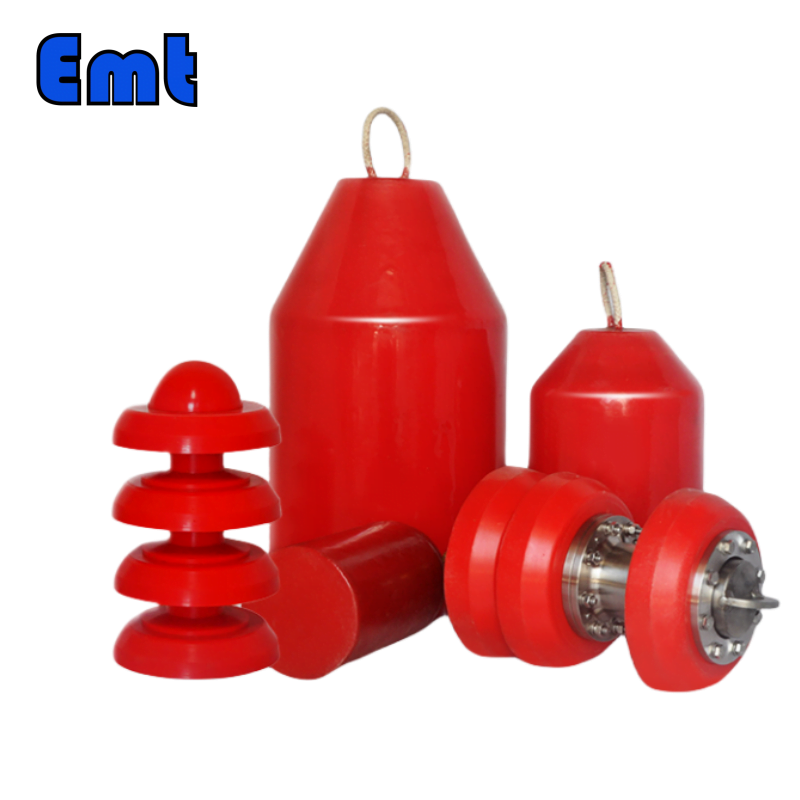
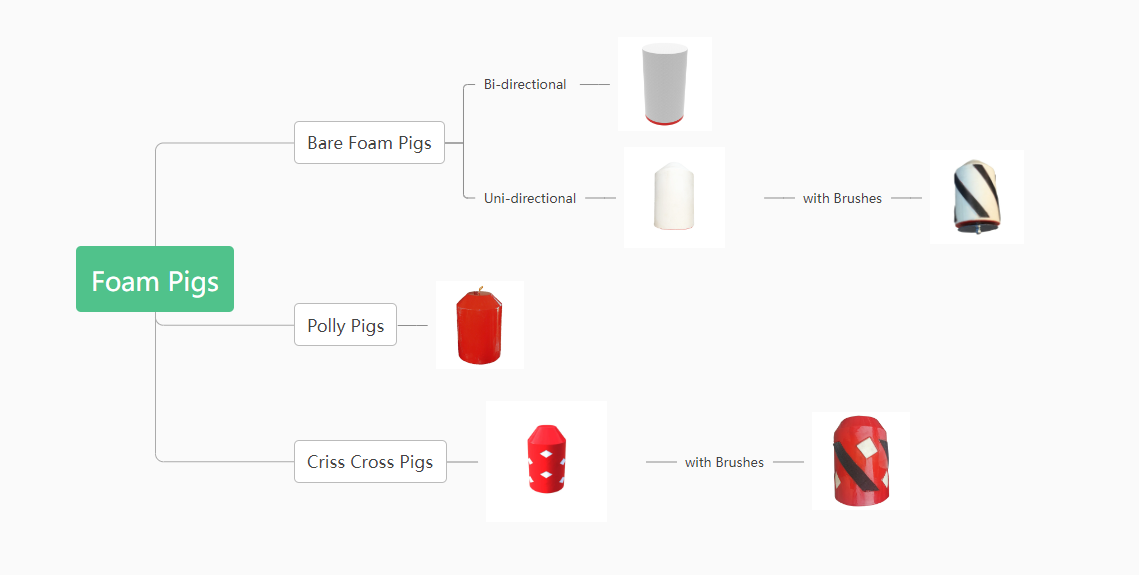
 Pentingnya dan manfaat dari babi
Pentingnya dan manfaat dari babi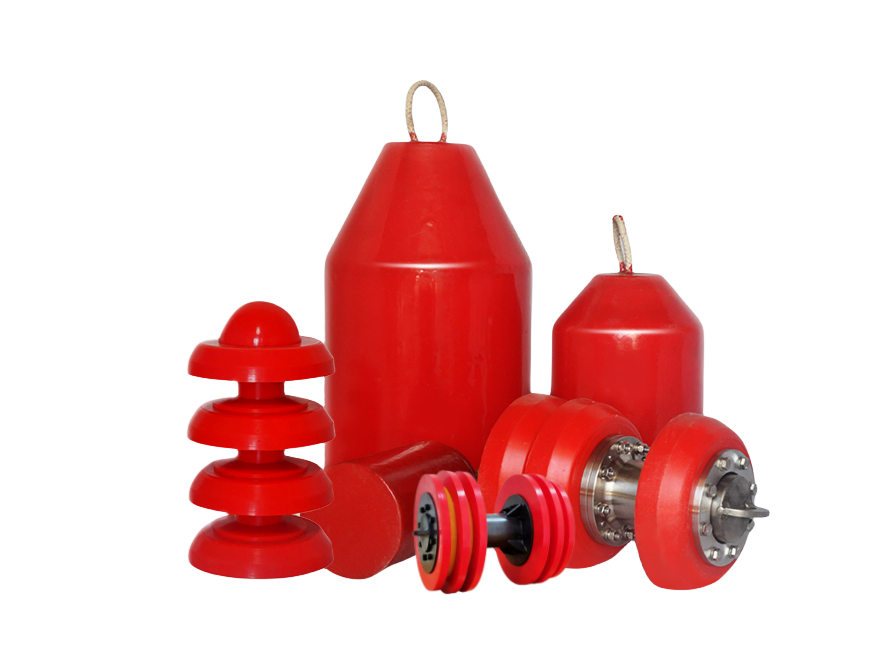
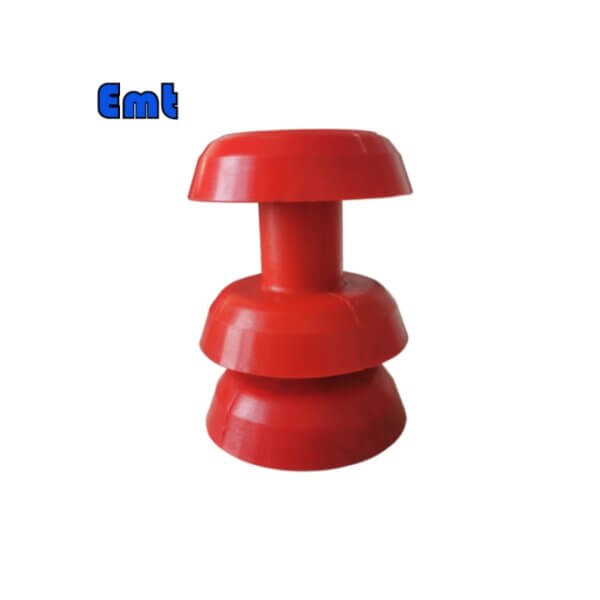
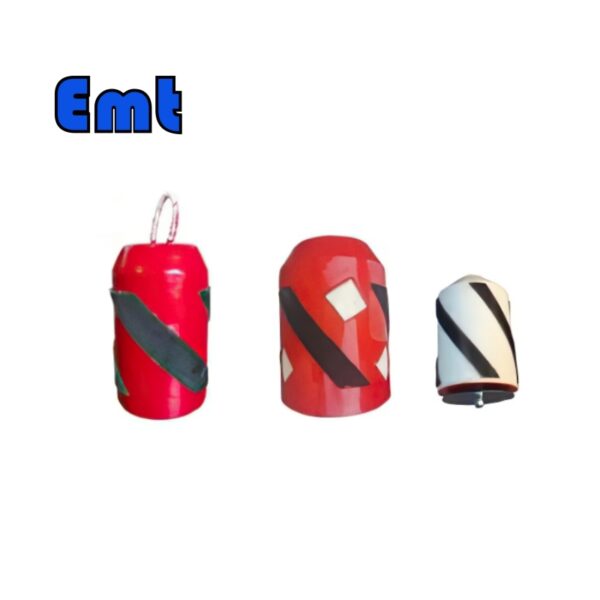
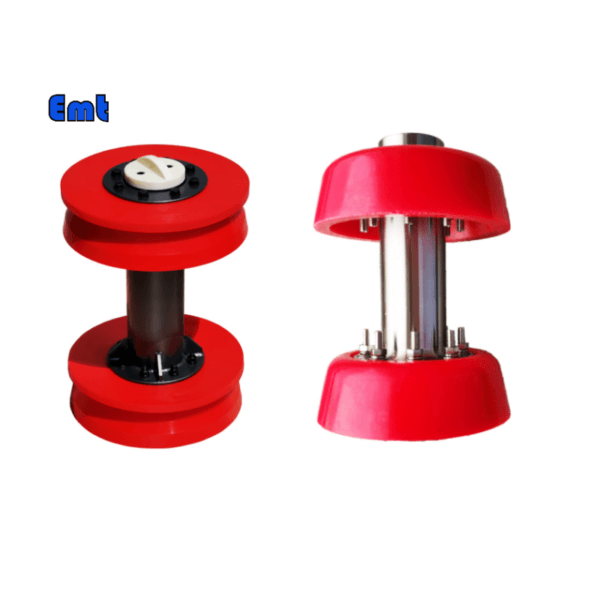
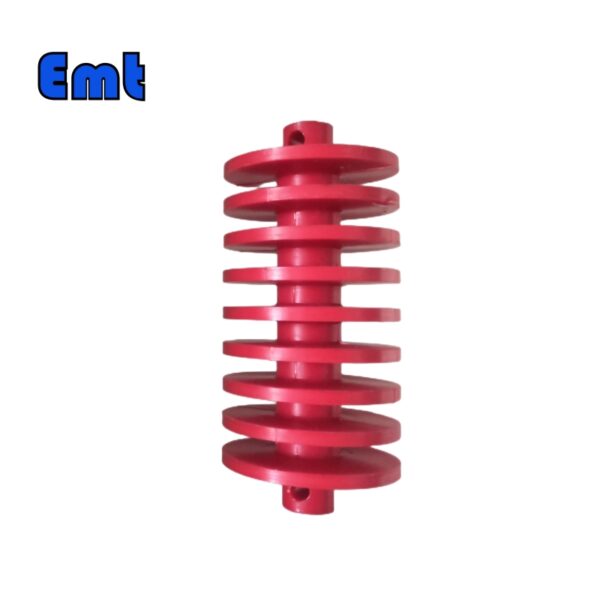
Ulasan
Belum ada ulasan.